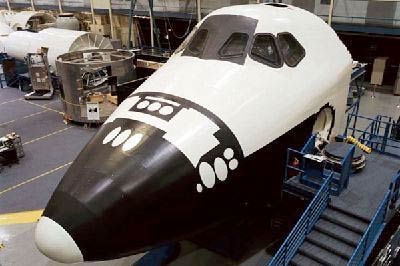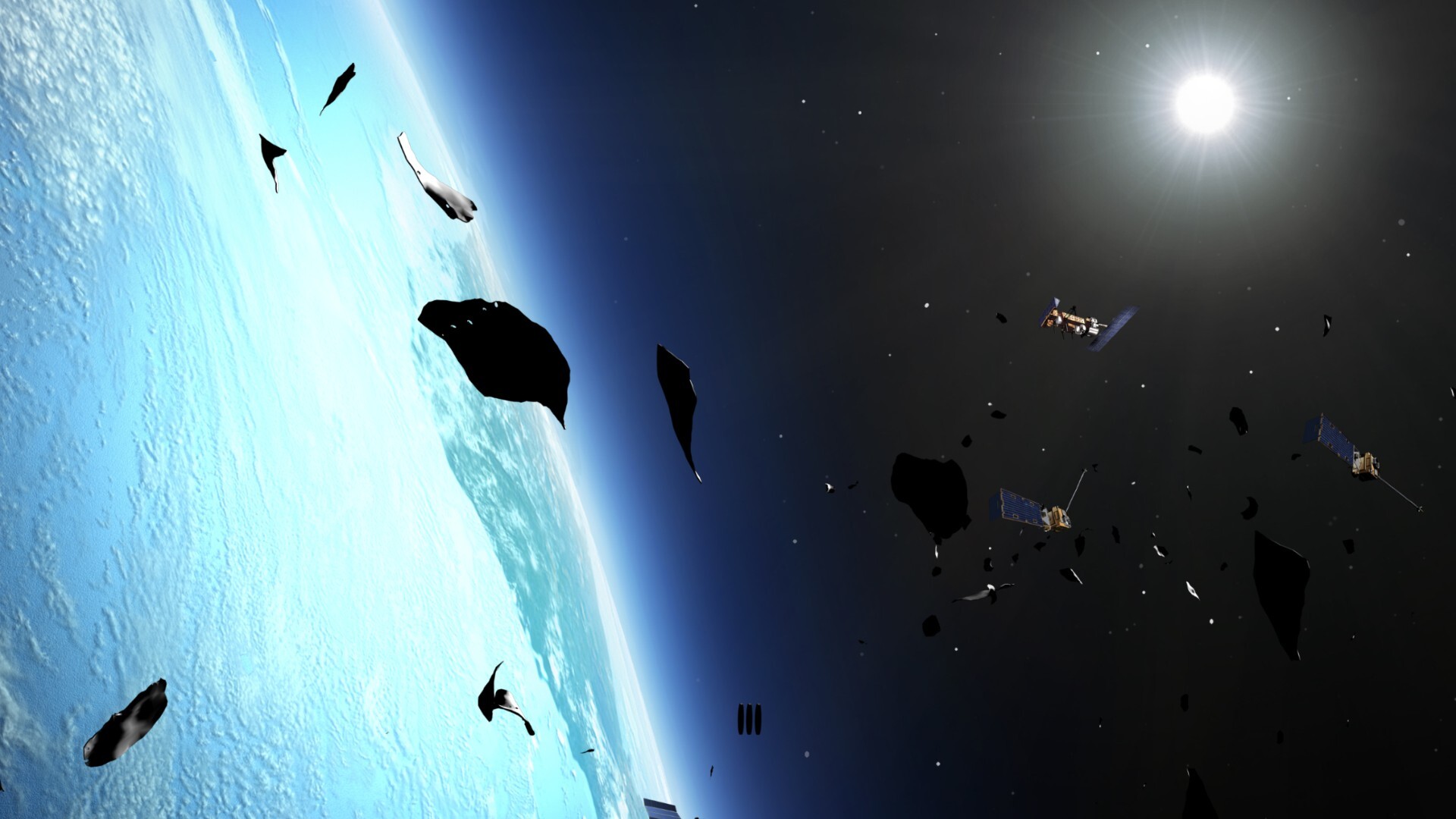NASA Gives Museums, Schools First Look at Shuttle Artifacts

From spacesuits to space food, full scale simulators to thevan used to drive astronauts to the launch pad, NASA has begun the process ofdivvying up the equipment used to support its soon-to-be retired space shuttlefleet to U.S. museums and schools.
The space agency announced Monday apartnership with the General Services Administration (GSA), which directs thesale of government surplus, to create a website where qualifying federalagencies and public organizations could preview shuttle artifacts as theybecome available and express their interest in obtaining them for display.
NASA definesartifacts as "unique objects that represent the history of thescience and technology of aeronautics and astronautics." For the purposesof this program, flightstatus was used as a first-cut criterion for determining the significanceof potential artifacts, with higher importance being placed on hardware andmemorabilia that flew, over flight spares and training or developmentequipment.
Artifacts included in this first offering include items from NASA's KennedySpace Center in Florida, as well as the Johnson Space Center in Houston, Texas.Access to the list itself is presently limited to only eligible recipients.
Not included though, are the three space shuttle orbitersthemselves, which were the focus of a separaterequest issued by the agency earlier this year. NASA intends to offerDiscovery to the Smithsonian Institution but has yet to decide the finaldisposition for Atlantis and Endeavour.
The prescreening website, which debuted Sept. 1 to NASA visitor centers and theSmithsonian's National Air and Space Museum in Washington, DC, which under along-standing agreement has first choice of the artifacts, opens Oct. 1 topublic museums and state-sponsored educational facilities for an additional 60days. During this time, the organizations may view the available equipment andapply for their possession.
NASA is offering the artifacts for free, though recipients are responsible forpackaging and shipping costs. The items will become the property of the chosenorganization, though according to NASA, all requests are subject to the needsof their on-going programs, including future shuttle missions and theConstellation spacecraft planned as the replacement for the orbiters.
Breaking space news, the latest updates on rocket launches, skywatching events and more!
The initial online catalog lists only a few hundred artifacts out of potentialfor thousands of items that may become available, including large hardware suchas space shuttle main engines to smaller hardware pieces that have flown inspace. NASA plans to roll out more artifacts in batches as information aboutthe items is collected and formatted for prescreening.
Outside the other federal agencies and the Smithsonian, museums and schoolsdesiring items must contact their GSA-run state surplus programs to requestaccess to the website.
A panel established by NASA will review the requests for thefinancial ability (to cover the shipping fees), display capability and"other established criteria" before deciding who will receive theartifacts. Awardees will have 15 days to pick up the artifact once NASA issuesa transfer order.
The first round of decisions will begin after Nov. 30 when the currentprescreening period closes. Though the recipients may be selected sooner, someof the artifacts still in use by the shuttle program will not be available fortransfer until after the orbiters stop flying in the next year or so.
For more information, see the GSA "NASA Space Shuttle Program HistoricArtifacts Prescreening" website.
- Final Countdown: A Guide to NASA's Last Space Shuttle Missions
- Image Gallery - Shuttle Endeavour Blasts Off at Night
- ?Video Show -The ISS: Foothold on Forever
Copyright 2009 collectSPACE.com. All rights reserved.

Robert Pearlman is a space historian, journalist and the founder and editor of collectSPACE.com, a daily news publication and community devoted to space history with a particular focus on how and where space exploration intersects with pop culture. Pearlman is also a contributing writer for Space.com and co-author of "Space Stations: The Art, Science, and Reality of Working in Space” published by Smithsonian Books in 2018.
In 2009, he was inducted into the U.S. Space Camp Hall of Fame in Huntsville, Alabama. In 2021, he was honored by the American Astronautical Society with the Ordway Award for Sustained Excellence in Spaceflight History. In 2023, the National Space Club Florida Committee recognized Pearlman with the Kolcum News and Communications Award for excellence in telling the space story along the Space Coast and throughout the world.
